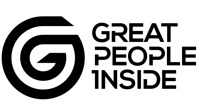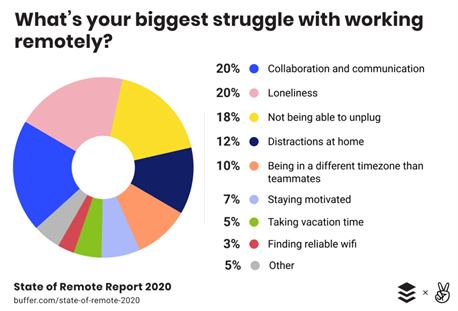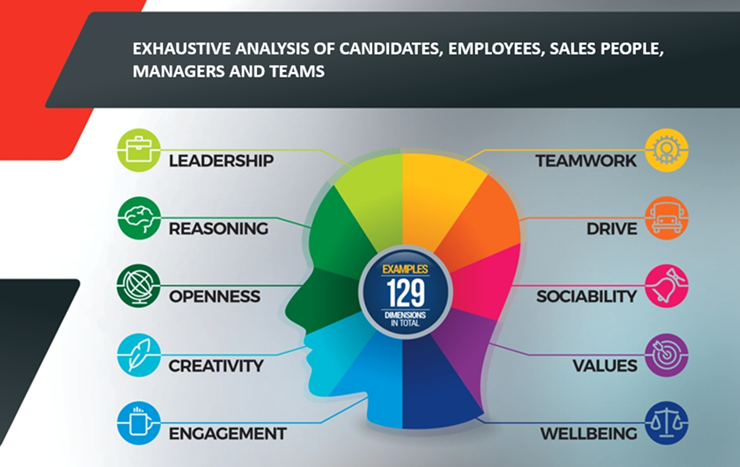People Development – how to handle an employee who thinks they are better than they are
People development is key to a successful people strategy in all organisations.
Many managers out there have likely experienced the unsavoury situation of managing someone who believes their performance is terrific when it’s just mediocre at best. Recent studies in performance management have identified that the “underperformer” is a frequent and draining problem.
But what contributes to the perception an individual has about their performance?
There are several reasons forming the perception of an individual employee at work. It may be that the:
- crystal-clear feedback they need to develop and improve is lacking,
- manager is choosing not to address the issues for fear of some type of conflict, or
- employee is doing ”a good enough job” and flying below the radar.
In some cases, the individual may be unable to recognise that they’re struggling.
But whatever the reason, if managers fail to address the situation, there is one thing for sure and that is that it will fester. Not only will the substandard employee’s work not improve, but also the organisation will experience:
- hidden costs,
- poor productivity, and
- the value of a team member who would likely thrive if given the appropriate support and feedback.
These five approaches will help you correct the problem behaviours. Or at least gain clarity as to whether it’s even possible.
-
Clear definition of work
It doesn’t matter whether we are delegating or providing feedback, we need to be clear and unambiguous about what needs to be done. There are lots of great feedback models out there.
My go-to has been the STAR/AR feedback model. The STAR/AR model provides a great framework and helps the receiver understand exactly why what they did worked. And if they made a mistake, working through the model, they’ll learn what steps to take to improve.
-
Provide support for people development
Most managers would agree that employees need ongoing support. Significantly, how we approach providing that support is important. Moreover, the build-up of frustration in these situations can lead to exasperation which can undermine our approach.
The late Sir John Whitmore, a pioneer of the executive coaching industry and creator of the GROW model wrote “whether we coach, advise, counsel, facilitate, or mentor, the effectiveness of what we do depends in large measure on our beliefs about human potential”.
The expressions “to get the best out of someone” and “your hidden potential” imply that more lies within the person waiting to be released”.
Coaching your people supports performers across all levels, not just underperformers, to achieve their full potential. The result will be higher levels of employee engagement and profitability.
-
Check your Relationship of Competence
There is no one size fits all or “sheep dip” approach to developing your people that works. Everyone learns differently, has unique development needs and motivations. It’s important to point out performing an objective data-driven gap analysis first to ensure the people you are looking to develop have the ability, motivation, and desire to grow.
Caution: a little self-promotion here. As a coach myself, I find that the unique flexibility of our Great People Inside platform is outstanding. Both an assessment with dimensions (EG Strategy, Leadership, Creativity etc.) that measures precisely what you want to understand, and a customised performance model or benchmark against which you can compare results is created. The outcome is a one-pager graph that allows you to identify any gaps. This provides clarity before you invest in people development on the areas that need focus for each individual. And also highlights those who may not have what it takes to succeed.
-
Determine “Coachability”
Not everyone is coachable. In contrast to imposter syndrome, many ultra-confident employees fall victim to the Dunning-Krueger effect, a cognitive bias in which “people wrongly overestimate their knowledge or ability in a specific area”. Many employers will have encountered an employee that resented the suggestion that their skills needed to improve and ignored the coaching support that was offered to them.
If left unchecked, this usually results in the employee blaming others, setting up their colleagues to fail, undercutting them, and misrepresenting their contributions and concerns. The outcome is a total train wreck.
-
Praise with care
When an employee with an inflated sense of their own performance delivers a piece of high-quality work or conducts an interaction well, it’s important to praise them. But letting the praise stand-alone can reinforce for them that they’re genius! That everything they do is outstanding.
Connect your positive comments to other things you want them to address. For example, you could say, “Now that you’ve done so well with the presentation to Client X, for the next one, I’d like you to also {insert the next thing they need to improve}.
Articulating both the required new behaviour and why it’s needed as part of satisfactory job performance will ensure you improve your chances of getting the critical behaviours you need.
You may be finding it a little tougher in the current climate to find the right people for the jobs combined with the best fit for your organisation over the longer term. Our technology and solutions will do the work for you to inform your people development approach and recruitment decisions.
If you’d like an easier method of handling people development and recruitment, contact Great People Inside.






